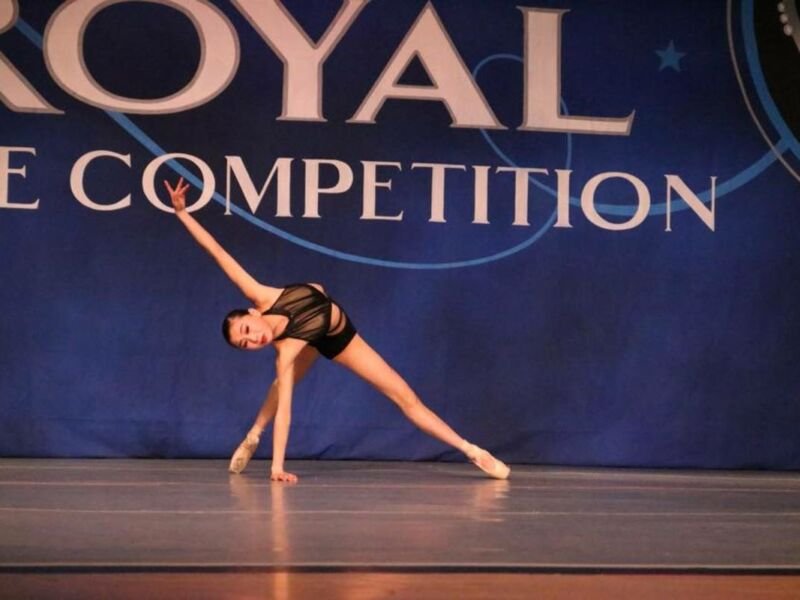
The Role of Choreography in Dance Competitions
Dance competitions are exciting events that bring together talented dancers from different backgrounds and styles to showcase their skills and artistry. One crucial element that plays a vital role in the success of a dance competition is choreography. Choreography refers to the creation and arrangement of dance movements and sequences to form a cohesive and engaging performance.
Enhancing Performances

Choreography is essential in dance competitions as it serves to enhance the overall performance. Well-designed choreography can elevate a routine by utilizing the strengths of the dancers, highlighting their technical abilities, and effectively presenting their artistic expression. By incorporating various elements such as musicality, dynamics, formations, and transitions, choreography creates an engaging and visually appealing dance piece that captivates the audience and judges.
Effective choreography goes beyond simply showcasing technical skills; it tells a story, conveys emotions, and allows the dancers to connect with the audience on a deeper level. It creates moments of excitement, beauty, and vulnerability, making the performance memorable and impactful.
Showcasing Creativity
Choreography is a platform for dancers and choreographers to showcase their creativity and artistic vision. It provides an opportunity to explore different movement styles, experiment with unique concepts, and push the boundaries of traditional dance techniques. In dance competitions, choreography that stands out for its innovation, originality, and artistic merit can make a routine memorable and set it apart from the rest.
Choreographers also play a crucial role in determining the overall aesthetic of the performance. They make decisions about costumes, lighting, props, and stage design, all of which contribute to the visual appeal and cohesiveness of the routine. Through their creative choices, choreographers create a complete sensory experience for the audience.

Setting Dancers Apart
In a highly competitive environment like dance competitions, choreography plays a significant role in setting dancers apart from their peers. It allows individual dancers to showcase their unique strengths, abilities, and artistry. Choreography tailored to the strengths of each dancer or group can highlight their technical skills, athleticism, flexibility, or interpretive abilities.
Additionally, dancers who consistently showcase exceptional choreography in competitions gain recognition within the dance community. Their innovative and well-executed routines become a benchmark for aspiring dancers and choreographers, influencing the future development of the art form.
The Collaborative Process
Choreography in dance competitions is often a collaborative process involving both the choreographer and the dancers. The choreographer’s vision and expertise, combined with the dancers’ skills and input, result in a dynamic and harmonious routine. Open communication, trust, and a shared understanding of the choreographic intent are essential for creating a successful and impactful performance.
Conclusion
Choreography plays an integral role in dance competitions by enhancing performances, showcasing creativity, setting dancers apart, and fostering collaboration. It is a powerful tool that allows dancers to express themselves, connect with the audience, and leave a lasting impression. In the competitive world of dance, well-crafted choreography can make all the difference, transforming a routine into a memorable and award-winning performance.
